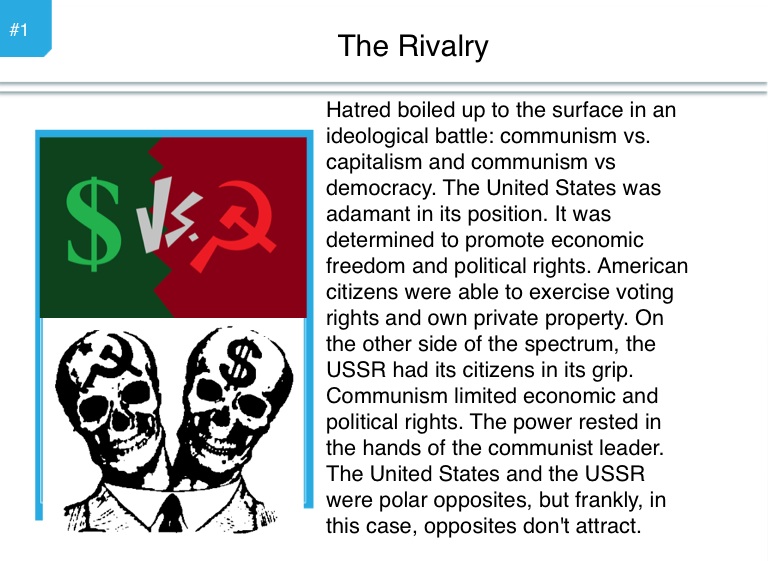

The three countries confirmed plans to demilitarize Germany, divide the country into four occupation zones, and established a Council of Foreign Ministers to draft peace treaties with Germany’s former allies. At the Potsdam Conference, in the summer of 1945, the three Allied powers of the United States, Great Britain, and the Soviet Union met to negotiate the terms for the end of World War II. However, after the war that new relationship fell apart as old distrust resurfaced and intensified. The relationship between the two countries remained uneasy until World War II, when they found a common enemy in Nazi Germany. diplomat George Kennan remarked, “Neither then nor at any later date, did I consider the Soviet Union a fit ally or associate, actual or potential, for this country.” However, the economic relationship did not translate to diplomatic ties.

agricultural and metal machinery exports were sent to Russia. During this time period, up to two-thirds of all U.S. Throughout the next two decades, an uneasy peace existed between the two countries who wished to maintain economic ties. Fear that socialist revolutionary thought might spread far outside the borders of Russia overtook the United States. The revolution led to the establishment of a new socialist government in Russia. Tension between the United States and what would become the Soviet Union surfaced during the end of World War I which coincided with the Russian Revolution.


 0 kommentar(er)
0 kommentar(er)
